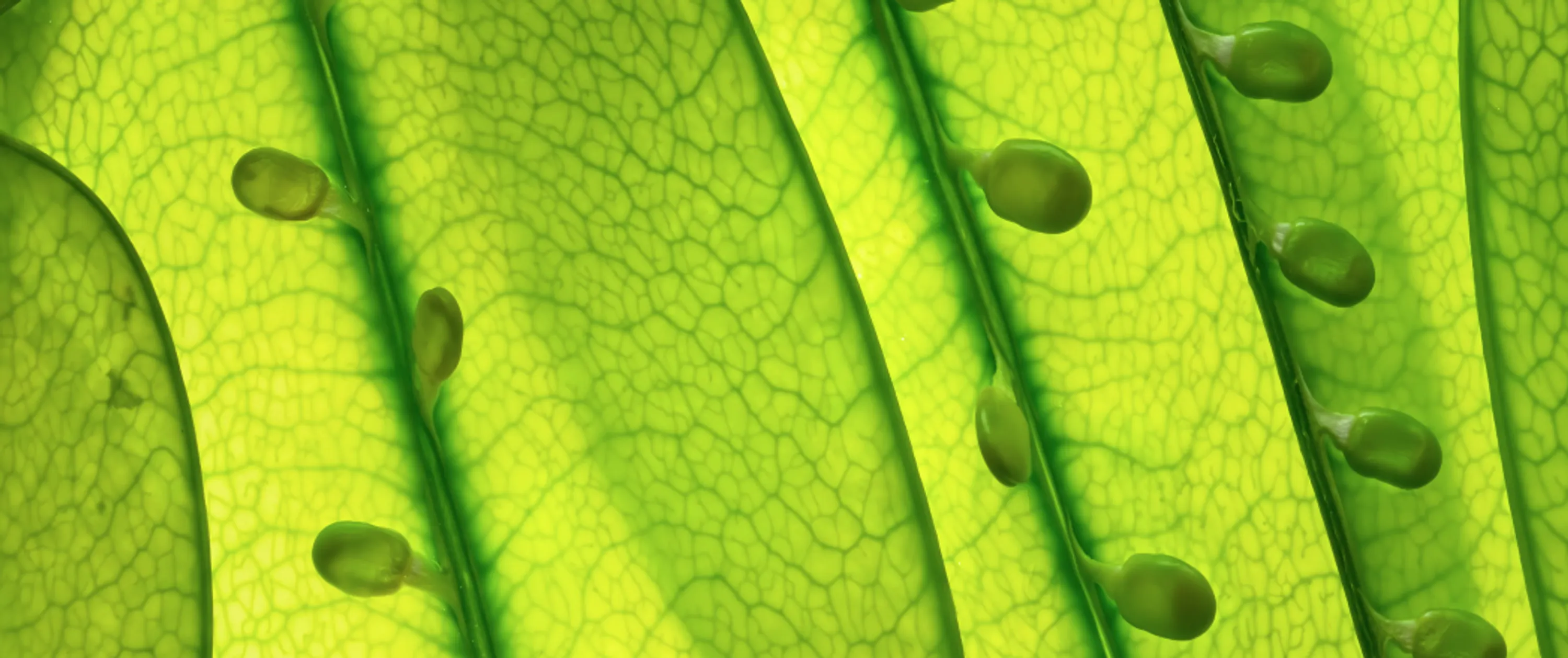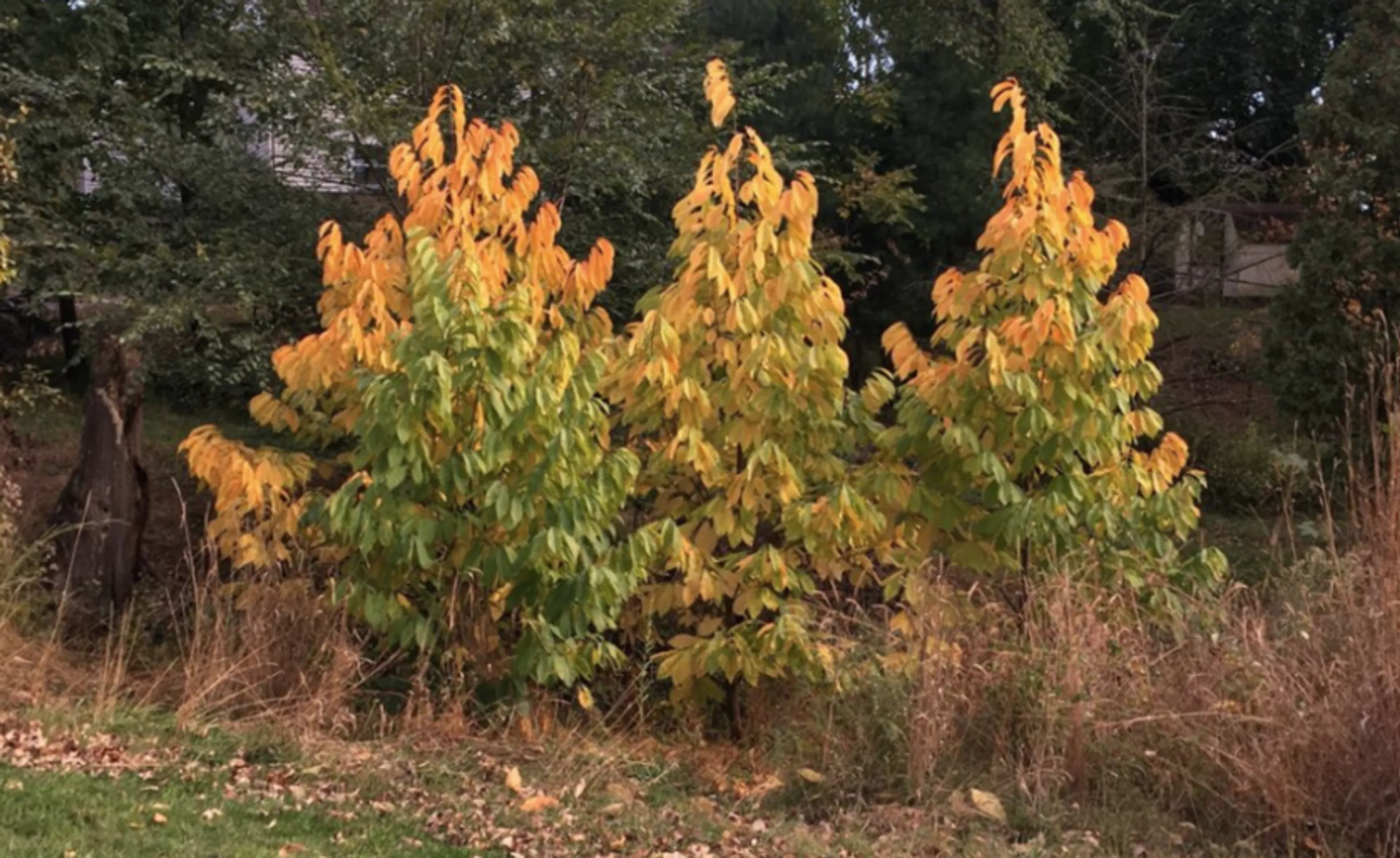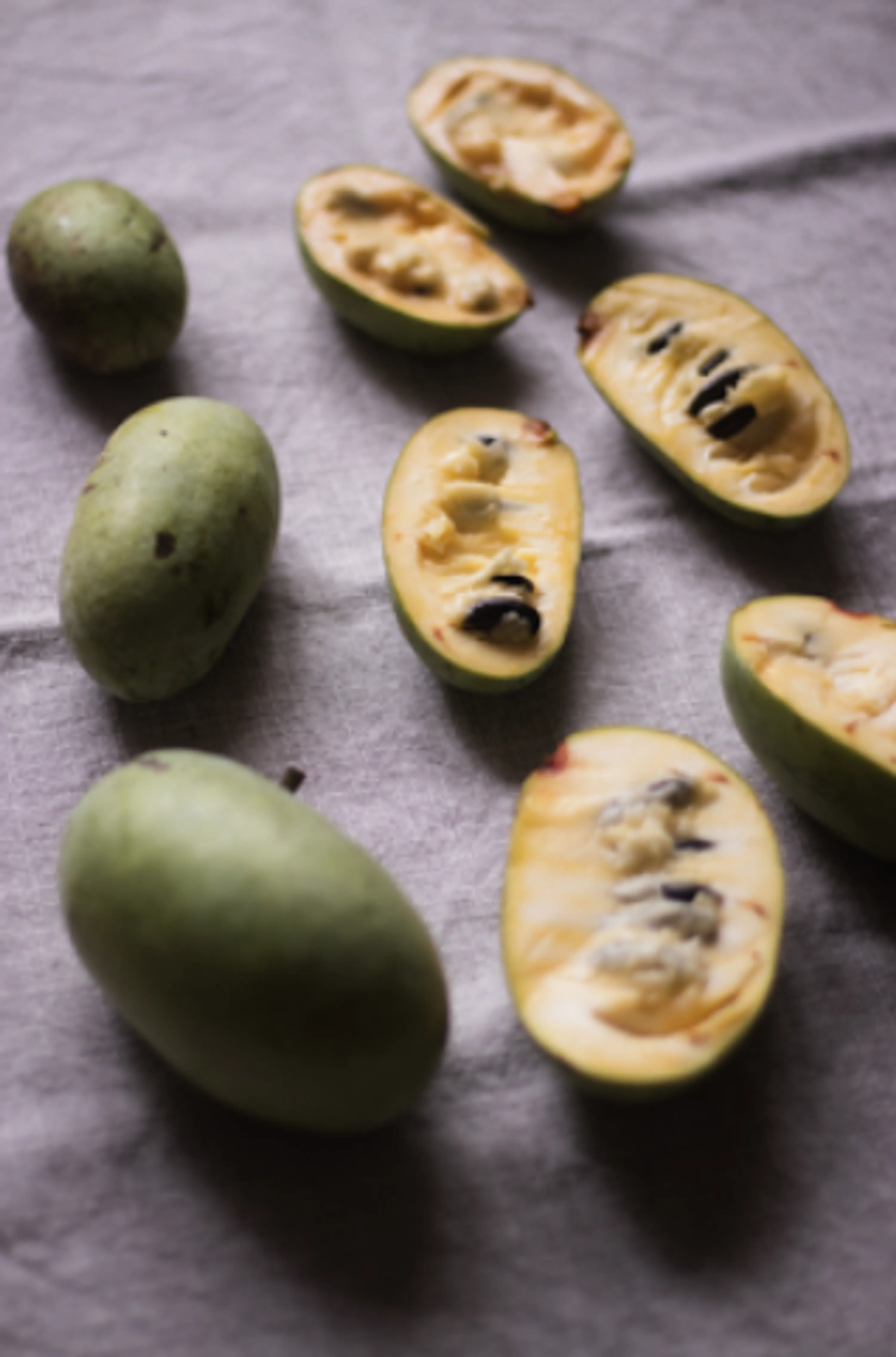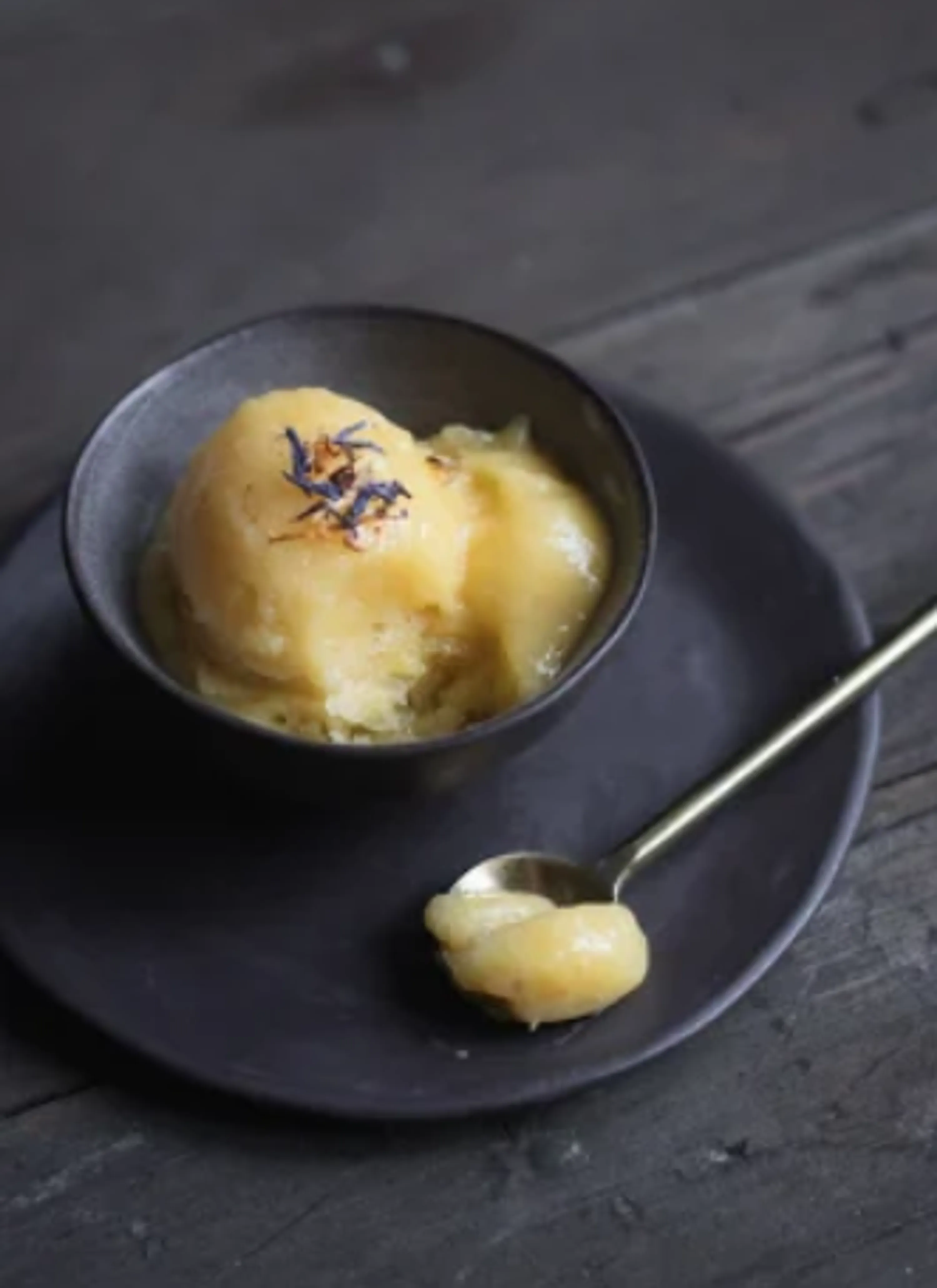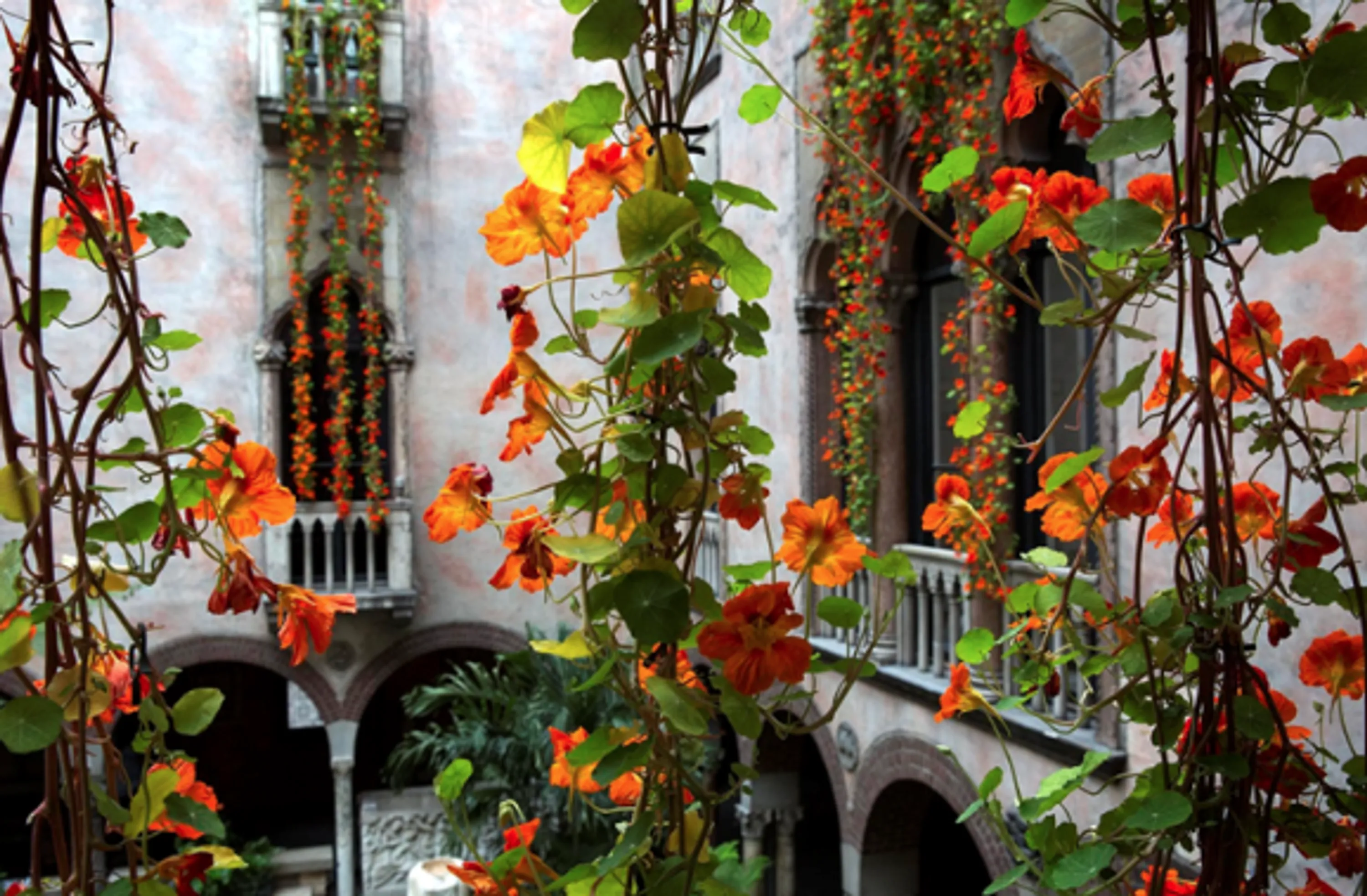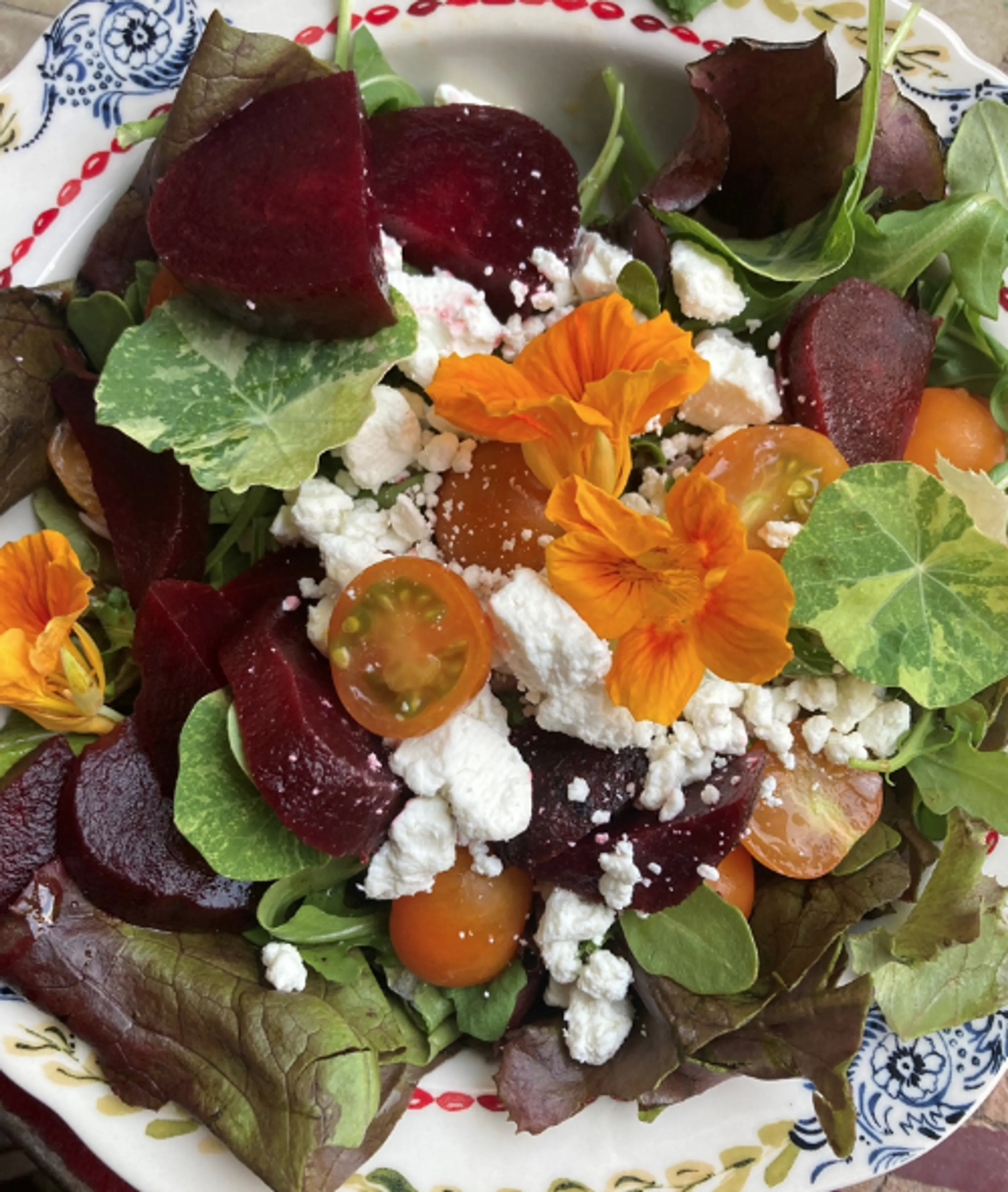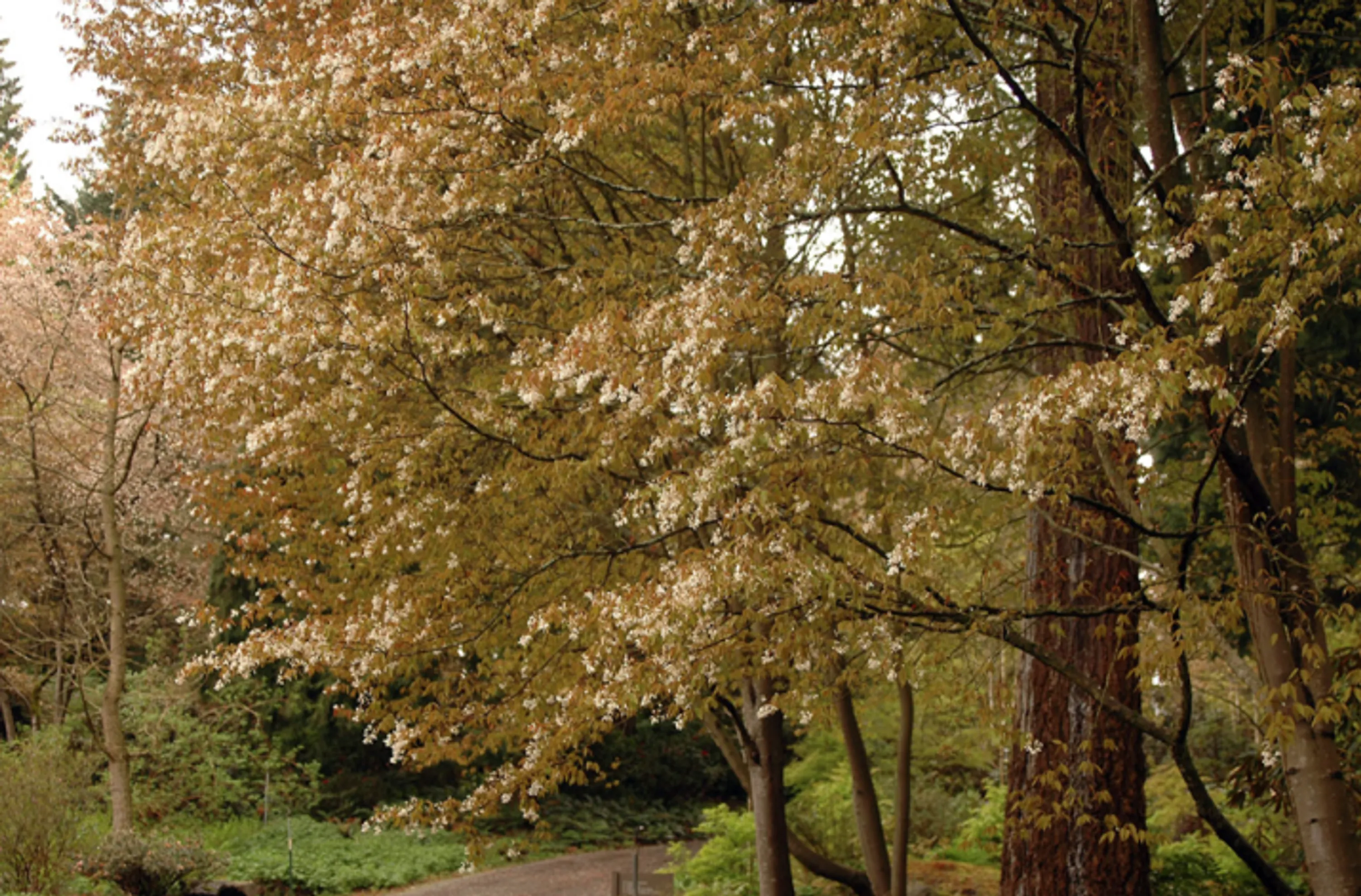2. Tropaeolum (Nasturtium)
A favorite of painters and staff member Chanelle Russ alike, nasturtiums flower in a variety of warm colors. Often used as companion plants in veggie beds, they attract pollinators and, in vining form, send their rounded leaves tumbling over edges or creeping up supports.
They have a peppery taste, and are frankly more decorative than delicious, but are nevertheless a lovely addition to particular dishes.
